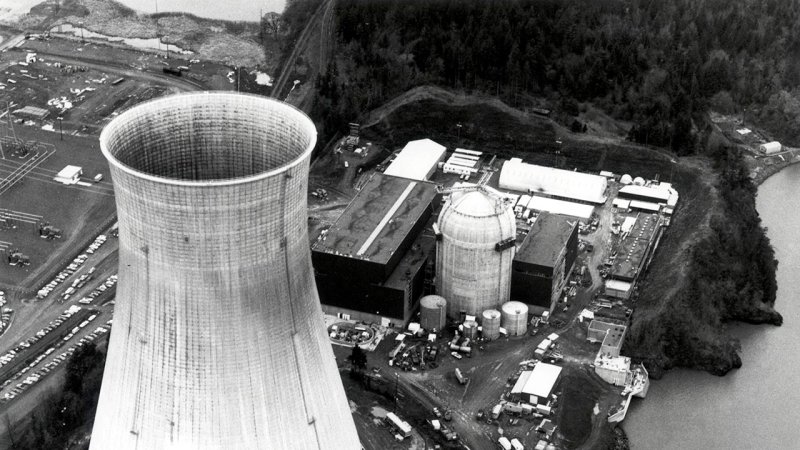
Pressurized Water Reactor (PWR)
2 min read
The pressurized water reactor (PWR) and its Russian modification, the VVER (an acronym based on the Russian words vodo-vodyanoi enyergeticheskiy reaktor), is the most common nuclear reactor type in the world. There are about 265 operating PWRs in the world, which is 57% of all reactors. This type of reactor was developed in the USA and its design was later adopted and modified in Russia.
Ceramic pellets made of uranium enriched to 3.5—5% are used as fuel. They are inserted into fuel rods that are assembled into fuel bundles 4 meters long. The reactor is a steel pressure vessel. The reactor core is 3.5 m high and has a 3 m diameter. This reactor is refueled once a year during reactor shutdown when one-quarter to one-third of the fuel bundles is replaced.
Ordinary water is used as both the moderator and the coolant (also referred to as a LWR, light water reactor). Water circulates in the primary circuit at a pressure of 15.7 MPa and its temperature is 300 °C when exiting the reactor. The thermal energy is transferred in a steam generator generating steam in the secondary circuit that drives a turbine. This type of power plant is a double-circuit power plant.
Video: View of the Watts Bar (USA) nuclear power plant with PWR type reactors manufactured by Westinghouse.
Some submarines and aircraft carriers are powered by PWR reactors.










